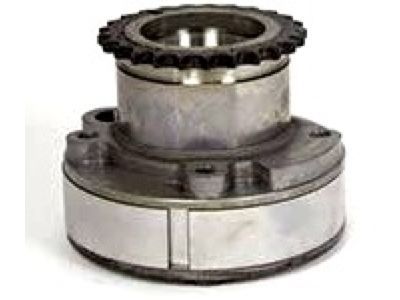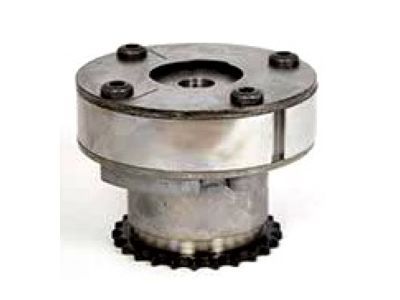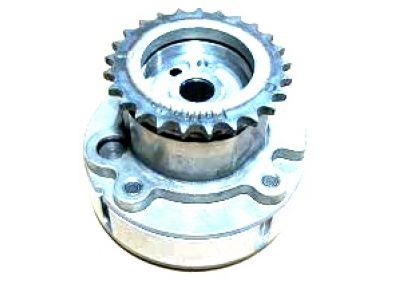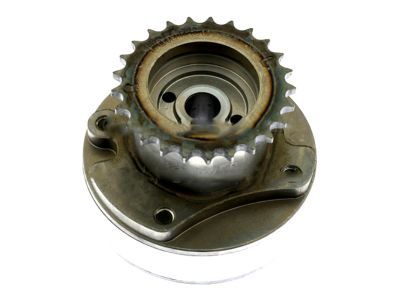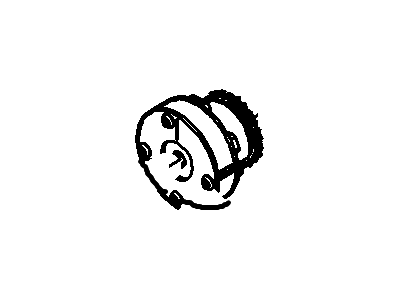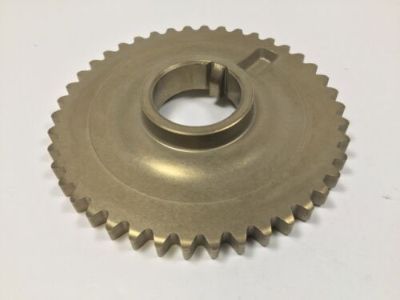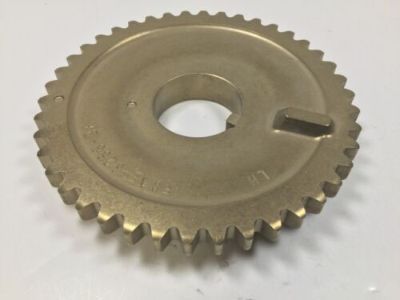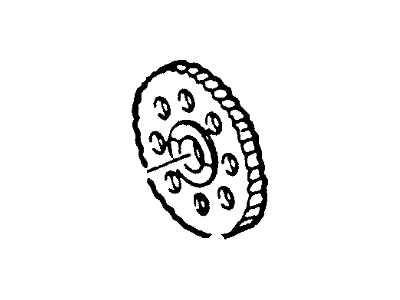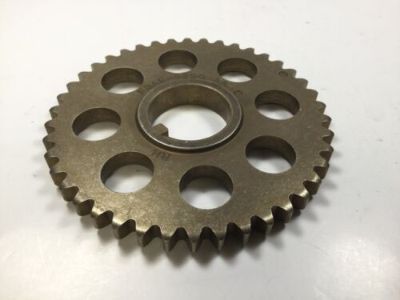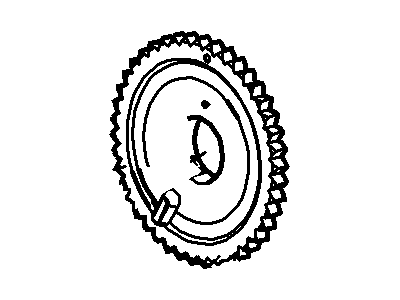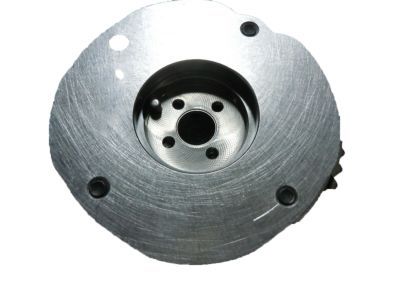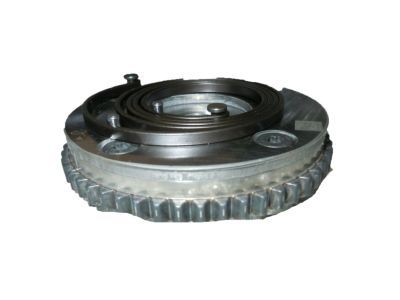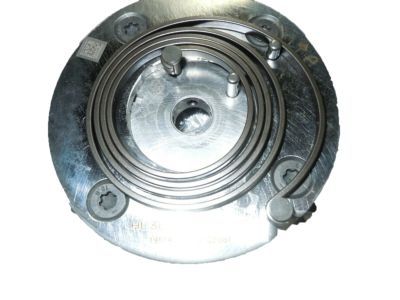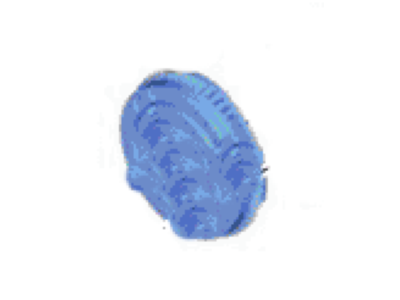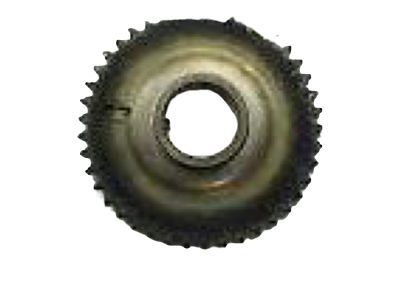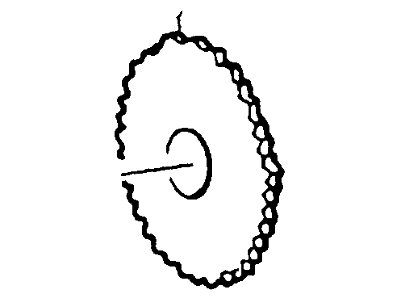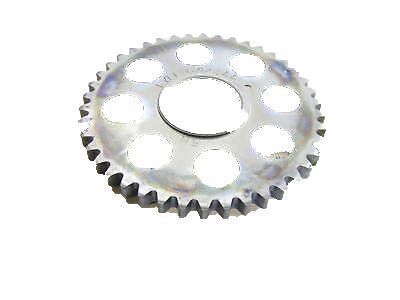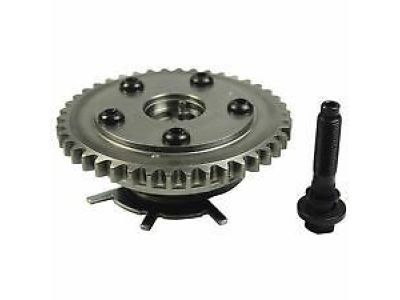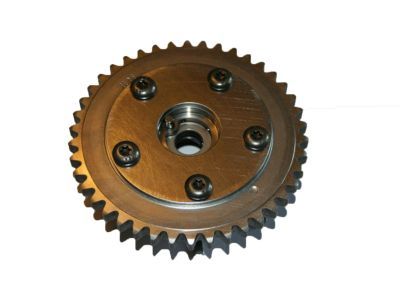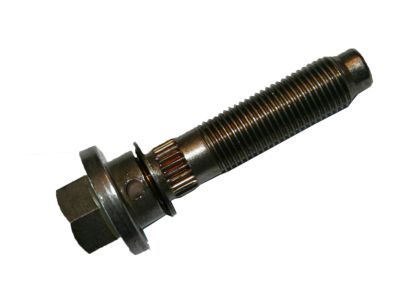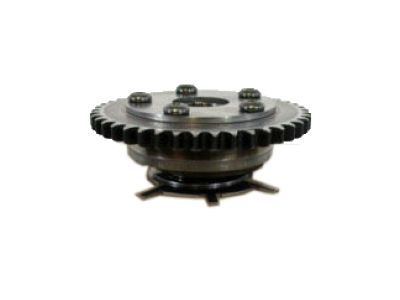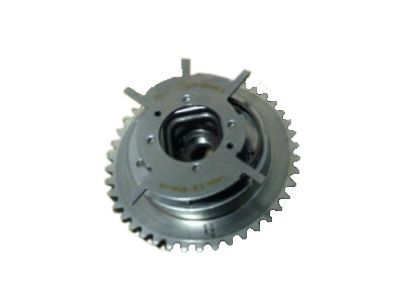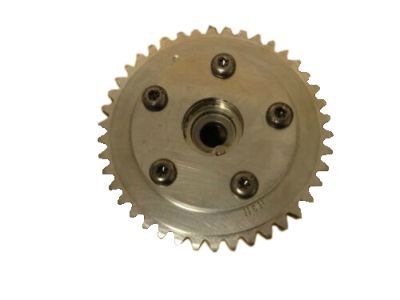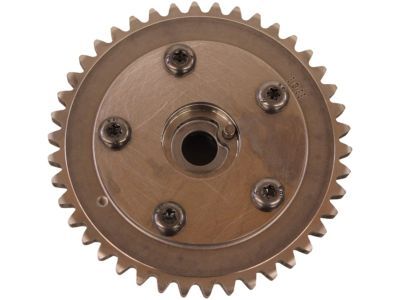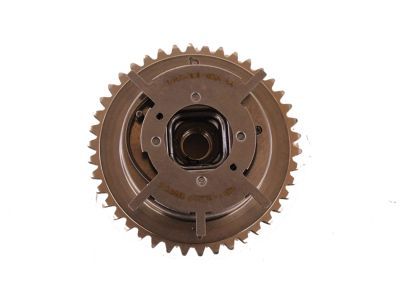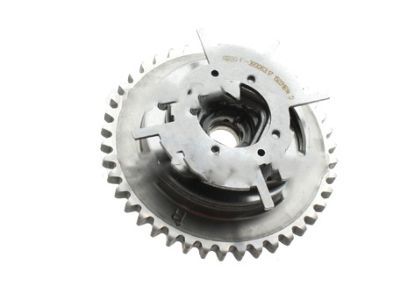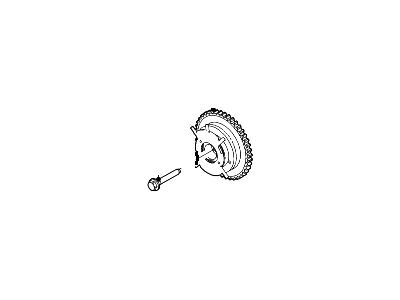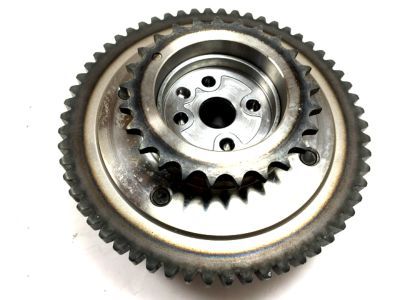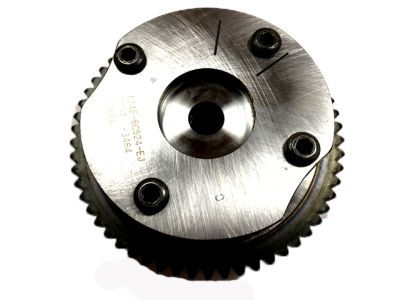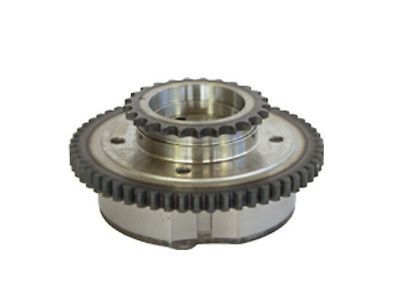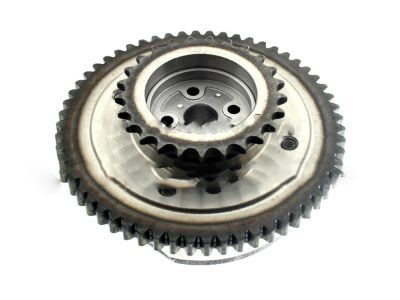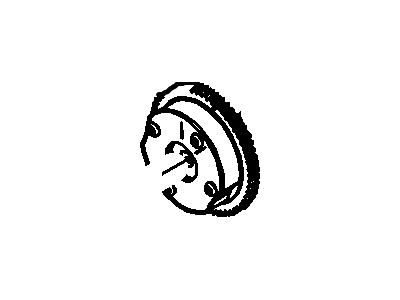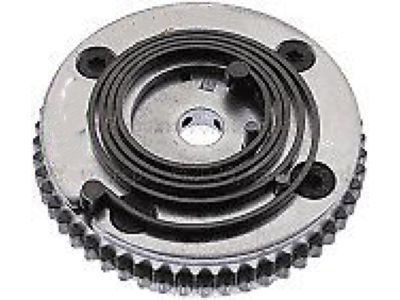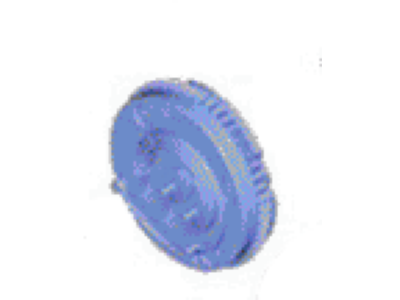

My Garage
My Account
Cart
Genuine Ford Expedition Variable Timing Sprocket
Timing Gear Sprocket- Select Vehicle by Model
- Select Vehicle by VIN
Select Vehicle by Model
orMake
Model
Year
Select Vehicle by VIN
For the most accurate results, select vehicle by your VIN (Vehicle Identification Number).
9 Variable Timing Sprockets found
Ford Expedition Cam
Part Number: AT4Z-6C525-B$150.57 MSRP: $187.00You Save: $36.43 (20%)Ships in 1 Business DayFord Expedition Sprocket - Camshaft
Part Number: F8AZ-6256-BA$26.21 MSRP: $38.32You Save: $12.11 (32%)Ships in 1 Business DayFord Expedition Sprocket - Camshaft
Part Number: F8AZ-6256-AA$26.38 MSRP: $37.58You Save: $11.20 (30%)Ships in 1 Business DayFord Expedition Cam
Part Number: HL3Z-6C525-C$114.65 MSRP: $167.62You Save: $52.97 (32%)Ships in 1-3 Business DaysFord Expedition Sprocket - Camshaft
Part Number: F3AZ-6256-A$26.21 MSRP: $38.32You Save: $12.11 (32%)Ships in 1 Business DayFord Expedition Sprocket - Camshaft
Part Number: F7LZ-6256-AA$26.38 MSRP: $37.58You Save: $11.20 (30%)Ships in 1 Business DayFord Expedition Sensor - Camshaft Position
Part Number: 3R2Z-6A257-DA$188.50 MSRP: $285.60You Save: $97.10 (34%)Ships in 1 Business DayFord Expedition Sprocket - Camshaft
Part Number: AT4Z-6256-B$146.23 MSRP: $217.60You Save: $71.37 (33%)Ships in 1 Business Day
Ford Expedition Variable Timing Sprocket
We provide a wide range of Ford Expedition Variable Timing Sprocket at the best prices possible. If you need Ford Expedition Variable Timing Sprocket, you can shop with confidence on our website. All our OEM parts come with a manufacturer's warranty and are delivered to your door step with a fast delivery service.
Ford Expedition Variable Timing Sprocket Parts Questions & Experts Answers
- Q: How to inspect, remove, and install the timing chain,Timing Chain Tensioner and sprockets in V8 engine on Ford Expedition?A:The crankshaft or the Camshafts cannot be rotated at any one time once the timing chain(s) have been removed as this will lead to serious damages to the valves and or the piston; there are special tools used to immobilize the camshafts during the removal of timing chains and it is always advisable to read through the entire procedure and ensure that all the required tools have been acquired. Due to it being an interference engine design, when a chain breaks, valves or pistons will be damaged and the cylinder head will have to be taken off. The timing system is quite intricate and mistakes made are can lead to heavey losses to the engine thus only professionals should attempt this process and all the work done should be cross--checked before starting the engine. It is done by pulling out the negative cable of the battery, setting the number one cylinder to TDC and then, the spark plugs are pulled out. Secondly, the valve covers, as well as the timing chain cover should be detached, and attention should be paid to the fact that there are two lengthy timing chains between the crankshaft and the camshafts. Crankshaft position sensor toothed-wheel must be unclamped and then retrieved gently to avoid damage otherwise when replacing the spur, it must be ensured that it is placed in the correct orientation. Fit in the camshaft and crankshaft retaining tools such that the camshafts cannot move as a result of pressures from the valve springs. When positioning the engine at TDC, lock the keyways on the camshaft sprockets to be at right angles with the valve cover mounting surface. For specific engine types camshaft retaining tools must be fitted and the camshaft(s) must only be retained at exactly TDC as any error can lead to severe engine damage. Rotate the crankshaft groove to 12:00 for 5.4L 3V engines and also there is a valve spring depressor tool been used to take off the rocker arms into their corresponding camshaft lobe positions. The tensioners should be removed and the chains lifted off the camshaft sprockets with the timing marks observed with the intention of being realigned in the correct manner. Remove crankshaft sprockets at both ends, and if necessary, lock crankshaft in position before removal; also both chain guides should be unbolted and removed if required too. Check sprocket teeth, chain and guide for wears and tears and replace them with new ones if they are badly worn. Early-style tensioners should be tested for operation and the presence of the oil feed hole should be ascertained, whereas later-style tensioners should have their seals intact and the plungers should move freely. In installation perform a manual rotation of the crankshaft up to two full turns to evaluate the resistance in the crankshaft which is suggestive of a problem. Place fixed chain guides, crankshaft sprockets and timing chains: the bright faces of the links engaged with the marks on the sprockets. To individual types of engines, it is necessary to complete such procedures as the installation of camshaft sprockets, timing chains, and tensioners with attention to the relative positioning of the timing marks. Last of all, take out any retaining tool, replace rocker arm if any before fully engaging the crankshaft to ensure the right assembly so as to end the process of the installation.
Related Ford Expedition Parts
Browse by Year
2019 Variable Timing Sprocket 2018 Variable Timing Sprocket 2017 Variable Timing Sprocket 2016 Variable Timing Sprocket 2015 Variable Timing Sprocket 2014 Variable Timing Sprocket 2013 Variable Timing Sprocket 2012 Variable Timing Sprocket 2011 Variable Timing Sprocket 2010 Variable Timing Sprocket 2009 Variable Timing Sprocket 2008 Variable Timing Sprocket 2007 Variable Timing Sprocket 2006 Variable Timing Sprocket 2005 Variable Timing Sprocket 2004 Variable Timing Sprocket 2003 Variable Timing Sprocket 2002 Variable Timing Sprocket 2001 Variable Timing Sprocket 2000 Variable Timing Sprocket 1999 Variable Timing Sprocket 1998 Variable Timing Sprocket 1997 Variable Timing Sprocket
